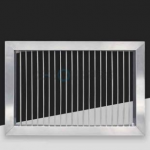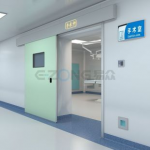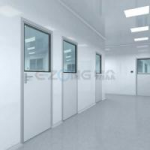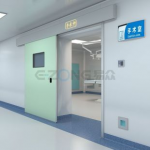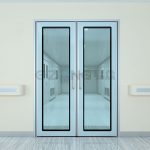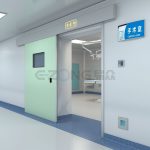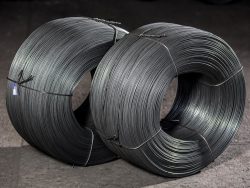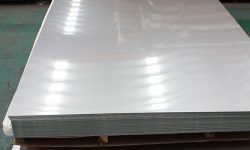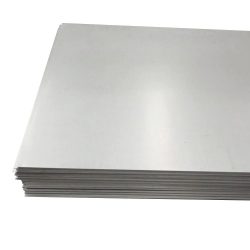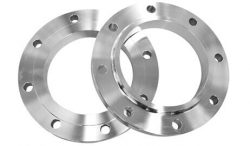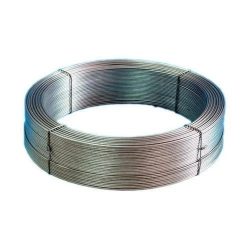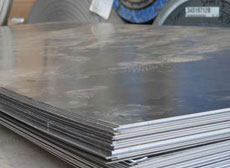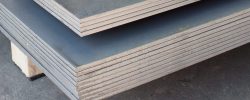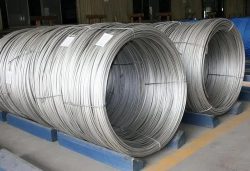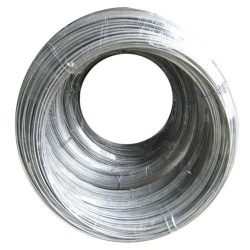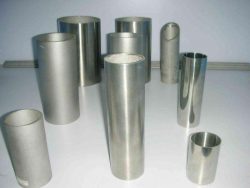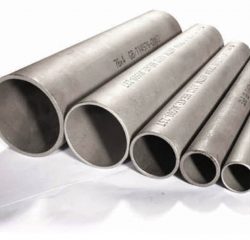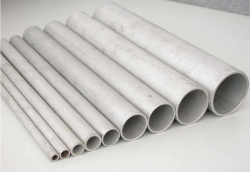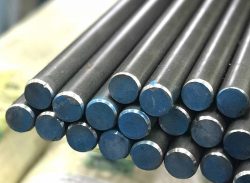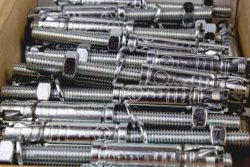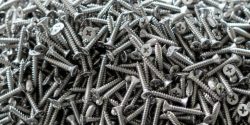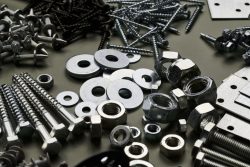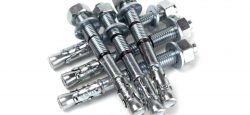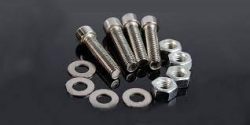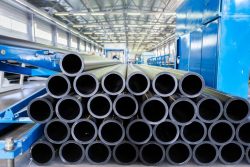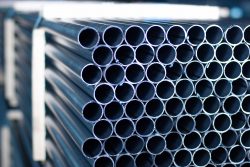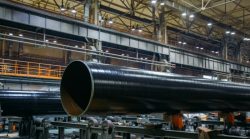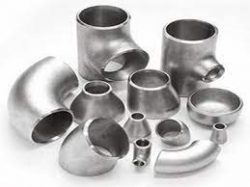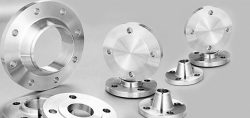SLIDING DOOR
An airtight door is a door that is designed to prevent the passage of air through its edges, joints, or other openings. Airtight doors are commonly used in buildings to improve energy efficiency, reduce drafts, and prevent the infiltration of outdoor pollutants. They can also be used in laboratory or industrial settings to prevent the spread of hazardous materials or to maintain a controlled environment. Airtight doors may be made from a variety of materials, including wood, steel, or aluminum, and may be fitted with weatherstripping, gaskets, or other sealing devices to improve their airtightness.
Features of Airtight Doors
Airtight doors typically have several features that help to make them effective at preventing the passage of air:
Weatherstripping: This is a seal that is applied around the edges of the door to prevent air from entering or exiting through the gaps between the door and the door frame.
Gasketing: Gaskets are seals that are installed between the door and the frame to prevent air from passing through the joint.
Tight-fitting door: Airtight doors are designed to fit tightly within their frames to prevent air from passing through gaps.
Threshold: Airtight doors typically have a threshold that is designed to seal against the floor to prevent air from entering or exiting under the door.
Self-closing mechanism: Airtight doors may have a self-closing mechanism that helps to ensure that the door is closed tightly and securely, further reducing the passage of air.
Pressure relief vents: These vents allows the pressure inside the room to be equalized with the outside, avoiding any damage to the door or frame.
Material: Airtight doors are commonly made from materials that are durable, long-lasting and can withstand the rigors of daily use, such as metal or metal-clad wood.
Application of Airtight Doors
Airtight doors are used in a variety of settings to improve energy efficiency, reduce drafts, and prevent the infiltration of outdoor pollutants. Some common applications include:
Residential buildings: Airtight doors can be used in homes to improve energy efficiency and reduce heating and cooling costs.
Commercial buildings: Airtight doors are commonly used in office buildings, retail spaces, and other commercial buildings to improve energy efficiency and reduce drafts.
Laboratories and cleanrooms: Airtight doors are used in laboratories and cleanrooms to maintain a controlled environment and prevent the spread of hazardous materials.
Food processing and storage facilities: Airtight doors are used in these facilities to maintain cleanliness and prevent the entry of pests or contaminants.
Pharmaceutical and medical facilities: Airtight doors are used in these facilities to maintain a sterile environment and prevent the spread of infectious diseases.
Industrial facilities: Airtight doors are used in industrial facilities such as manufacturing plants, power plants, and chemical processing plants to prevent the spread of hazardous materials and maintain a safe working environment.
Cold storage and refrigeration: Airtight doors are used in refrigeration and cold storage facilities to maintain the proper temperature and prevent the entry of warm air which can increase energy consumption.



